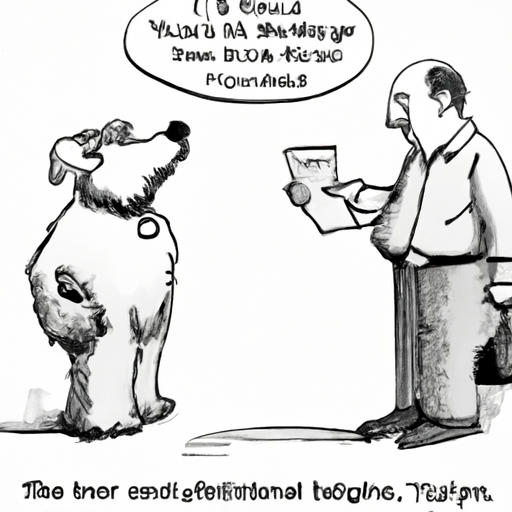Introduction
As a loving dog parent or a caregiver, you’re always mindful about what goes into your furry friend’s diet. You scrutinize every treat and dog food brand, ensuring it’s both nutritious and safe. But have you ever pondered the dangers lurking in everyday human foods? One such danger is Xylitol, a common sugar substitute. Today, we’ll explore the toxicity of Xylitol to dogs, and why it’s crucial to keep it out of your pooch’s reach.
Understanding Xylitol
Xylitol is a naturally occurring sugar alcohol used as a sweetener in many products, including gum, candy, baked goods, and toothpaste. While it’s safe for human consumption, it can be deadly for dogs.
In dogs, Xylitol leads to a rapid release of insulin, causing a dangerous drop in blood sugar, also known as hypoglycemia. This can occur within 10 to 60 minutes of ingestion, leading to symptoms like vomiting, loss of coordination, and seizures.
The Toxicity Threshold
The toxic dose of Xylitol in dogs is generally considered to be 0.1g per kg of body weight. Here’s a quick reference table to help you understand the potential risks:
| Body Weight of Dog | Toxic Xylitol Dose |
|---|---|
| 10 kg | 1 g |
| 20 kg | 2 g |
| 30 kg | 3 g |
To give you a rough idea, a single piece of gum can contain up to 1g of Xylitol, enough to cause hypoglycemia in a 10kg dog.
Preventing Xylitol Poisoning
Prevention is always better than cure, especially when it comes to Xylitol poisoning.
- Keep Xylitol-containing products out of your dog’s reach.
- Always read labels of food products, especially ‘sugar-free’ ones.
- Avoid giving human food to your dog unless you’re sure it’s safe.
- Educate your family members about the dangers of Xylitol to dogs.
Responding to Xylitol Ingestion
If your dog ingests a Xylitol-containing product, it’s crucial to act swiftly.
- Don’t induce vomiting unless instructed by a vet.
- Contact your vet immediately or call a pet poison helpline.
- If possible, determine the amount of Xylitol consumed.
- Monitor your dog for symptoms and provide supportive care.
FAQs
Q: Can Xylitol kill a dog?
A: Yes, in severe cases, Xylitol can cause liver failure, seizures, and even death in dogs.
Q: How long does it take for Xylitol to affect a dog?
A: Symptoms can occur within 10 to 60 minutes of ingestion.
Q: Are all sugar alcohols dangerous to dogs?
A: No, not all sugar alcohols are dangerous to dogs. However, it’s best to avoid them.
Q: What should I do if my dog ate a Xylitol product?
A: Contact your vet immediately. Do not try to induce vomiting unless instructed by a vet.
Remember, your dog’s health is in your hands. Stay vigilant, stay informed, and keep your best friend safe from harm.



